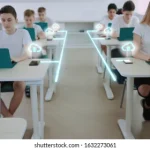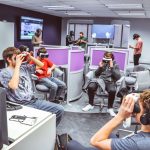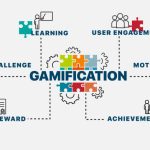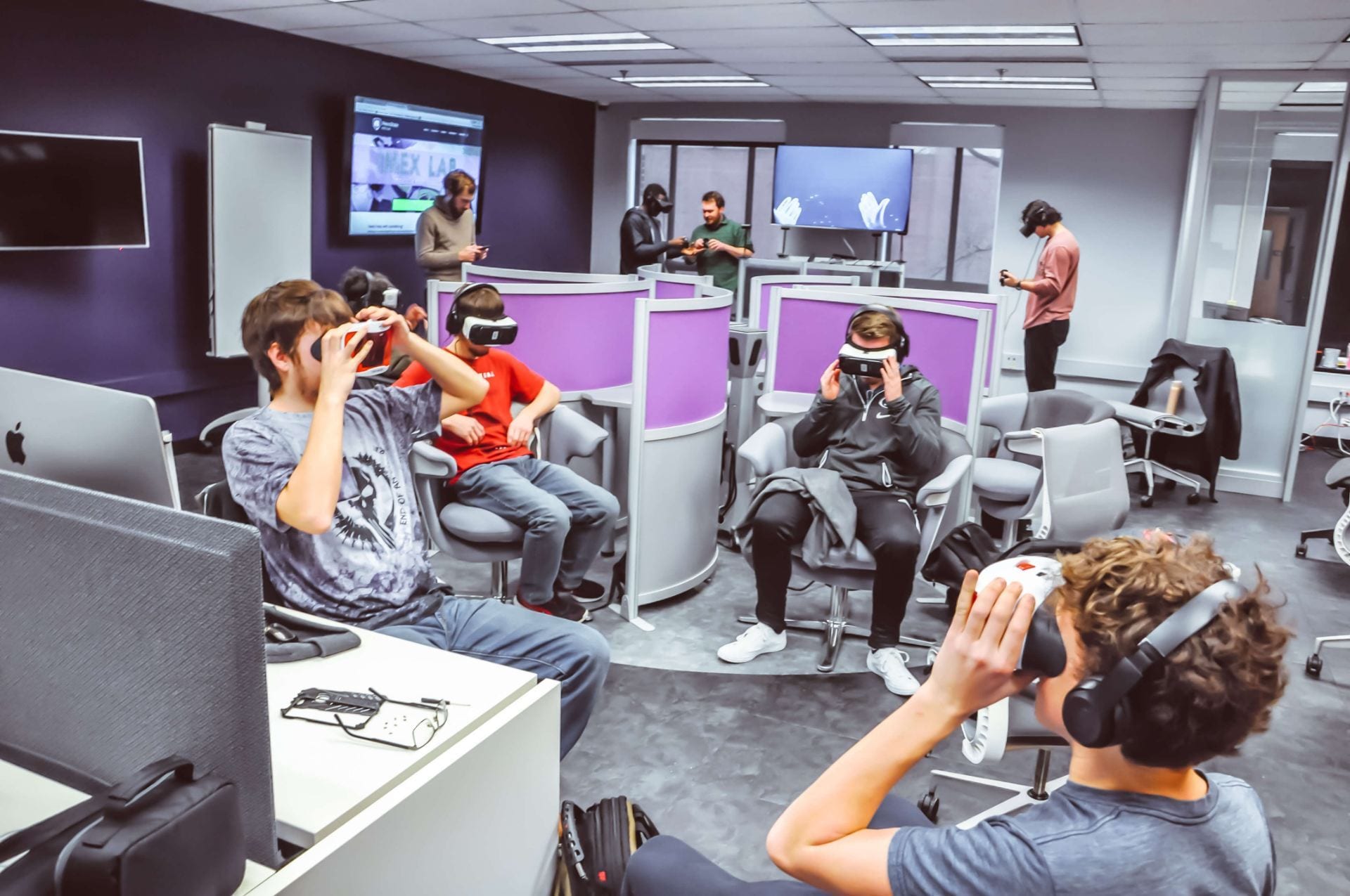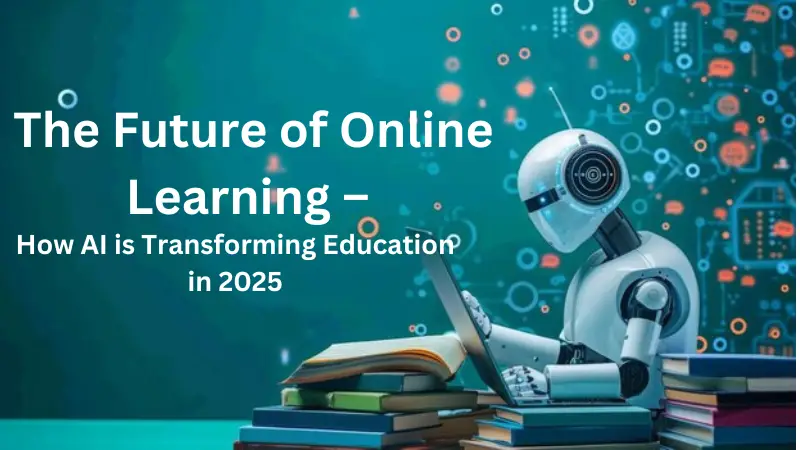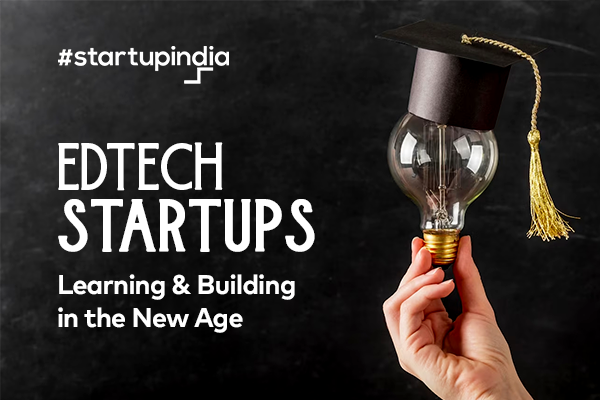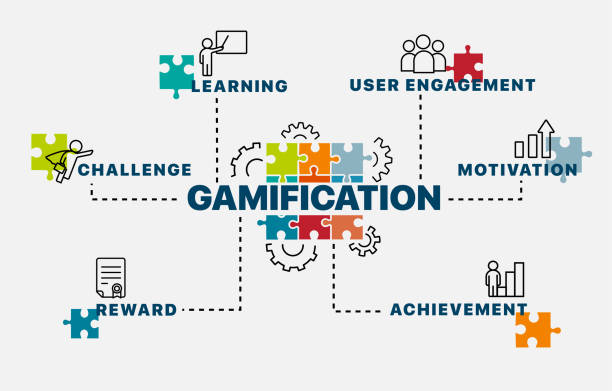
📌 Introduction: When Learning Feels Like Playing
In a world where children (and adults) can spend hours playing mobile games but struggle to focus in class, educators and ed-tech innovators have asked a powerful question:
“What if we made learning feel more like a game?”
Enter gamification—the use of game-like elements in non-game contexts like education. This strategy is revolutionizing how we teach and learn, making education more engaging, motivating, and fun.
🎲 1. What Is Gamification?
Gamification in education is the process of integrating game mechanics into learning environments to boost engagement, motivation, and performance.
Common Game Elements Used:
- 🏆 Points & Scores
- 🥇 Badges & Achievements
- 📈 Progress Bars
- 🎯 Challenges & Quests
- 🧩 Levels & Unlockables
- 🧠 Leaderboards & Competitions
- 🎉 Rewards & Feedback
These elements tap into learners’ psychological triggers—like curiosity, competition, and accomplishment.
🎯 2. Why Gamification Works in Learning
🔥 A. Motivation Boost
Games activate the dopamine system, creating emotional rewards. Gamified learning motivates students to complete lessons and keep progressing.
💡 B. Active Participation
Gamified systems encourage decision-making, exploration, and problem-solving—the cornerstones of deep learning.
🧠 C. Increased Retention
Reinforced repetition, feedback loops, and challenges enhance memory and long-term retention.
🤝 D. Collaboration and Competition
Features like leaderboards and group missions encourage social learning, teamwork, and friendly competition.

🏫 3. Where Is Gamification Used?
📚 A. K–12 Classrooms
Teachers use platforms like ClassDojo, Kahoot!, and Quizizz to:
- Award participation points
- Track behavior
- Turn lessons into real-time games
🎓 B. Higher Education
Colleges use gamification in:
- Learning Management Systems (LMS)
- Simulation-based courses (e.g., business strategy, medicine)
- Online quizzes with level unlocking
🧑💼 C. Corporate Training
Companies gamify onboarding, compliance training, and skill development using platforms like:
- Axonify
- TalentLMS
- EdApp
📱 D. Ed-Tech Apps
Popular apps like Duolingo, SoloLearn, and Khan Academy Kids use:
- Streak counters
- XP (experience points)
- Unlockable modules
- Daily challenges
📊 4. Benefits of Gamified Learning
| Benefit | Description |
|---|---|
| ✅ Higher Engagement | Students participate more actively and willingly |
| ✅ Better Performance | Feedback, repetition, and motivation boost outcomes |
| ✅ Personalized Learning | Progress tracking helps adapt lessons to learner pace |
| ✅ Safe Failure Environment | Mistakes are part of the game; learners retry without fear of judgment |
| ✅ Real-Time Feedback | Instant responses reinforce learning quickly |
| ✅ Life Skill Development | Encourages goal-setting, time management, and resilience |
🚨 5. Challenges and Criticism
While gamification offers numerous advantages, it’s not without its critics.
❌ A. Overemphasis on Rewards
Students may become more focused on earning points than actually learning.
❌ B. Inequality and Burnout
Leaderboards can demotivate lower performers and cause pressure in some learners.
❌ C. Shallow Engagement
If not designed well, gamification becomes distracting or superficial.
❌ D. Complex Implementation
Designing high-quality gamified systems takes time, tech expertise, and teacher training.
🛠️ 6. How to Implement Gamification Effectively
🎮 A. Set Clear Learning Objectives
Gamification should support educational outcomes, not replace them.
🪙 B. Start Small
Add a point system, progress bar, or badge to an existing lesson to test engagement.
🎯 C. Provide Meaningful Rewards
Tie rewards to effort, mastery, or creativity—not just speed or luck.
🧠 D. Make Failure Fun
Design activities where failure teaches, not punishes. Let students retry and explore.
📊 E. Track and Reflect
Use dashboards and analytics to monitor progress and make adjustments.
📱 7. Tools & Platforms for Gamified Learning
| Tool/App | Use Case |
|---|---|
| Kahoot! | Live quiz-based learning |
| Classcraft | RPG-style classroom management |
| Quizizz | Gamified homework and quizzes |
| Duolingo | Language learning with XP, streaks |
| Minecraft Education | Open-ended creativity, STEM learning |
| Seesaw | Interactive learning journals |
| Flip (formerly Flipgrid) | Video-based responses with badges |
🌟 8. Real-World Examples
📘 A. Khan Academy
Gamifies math and science with:
- Points
- Mastery badges
- Personalized progress dashboards
🌍 B. Duolingo
Teaches 40+ languages through:
- Daily streaks
- Levels and leagues
- XP-based progression
🧪 C. Classcraft
Turns the classroom into an RPG where students:
- Choose avatars
- Complete missions
- Earn powers for teamwork or helping peers

💬 9. What Students Say
🧒 “Kahoot makes even boring subjects fun. I actually want to study now.”
— A 7th grader
🎓 “I used Duolingo for 10 minutes a day, and after 6 months, I could hold a conversation in Spanish.”
— A college student
👩🏫 “Gamification increased my classroom participation by 60%.”
— A high school teacher
🔮 10. Future of Gamification in Education
🤖 AI-Personalized Games
AI will tailor game mechanics to match learning style, mood, and behavior.
🧠 Brain-Computer Interfaces
Immersive gamified environments may respond to brain activity in real time.
🕶️ Augmented & Virtual Reality
Students can explore history, space, or anatomy in 3D, gamified worlds.
🎯 Skill-Based Microcredentials
Gamified paths could lead to digital credentials and job-ready certificates.
✅ Conclusion: Turning Learners into Players
Gamification is more than bells and whistles—it’s a powerful framework to make education interactive, rewarding, and immersive. When done right, it transforms passive learners into active explorers, eager to level up their skills and knowledge.
